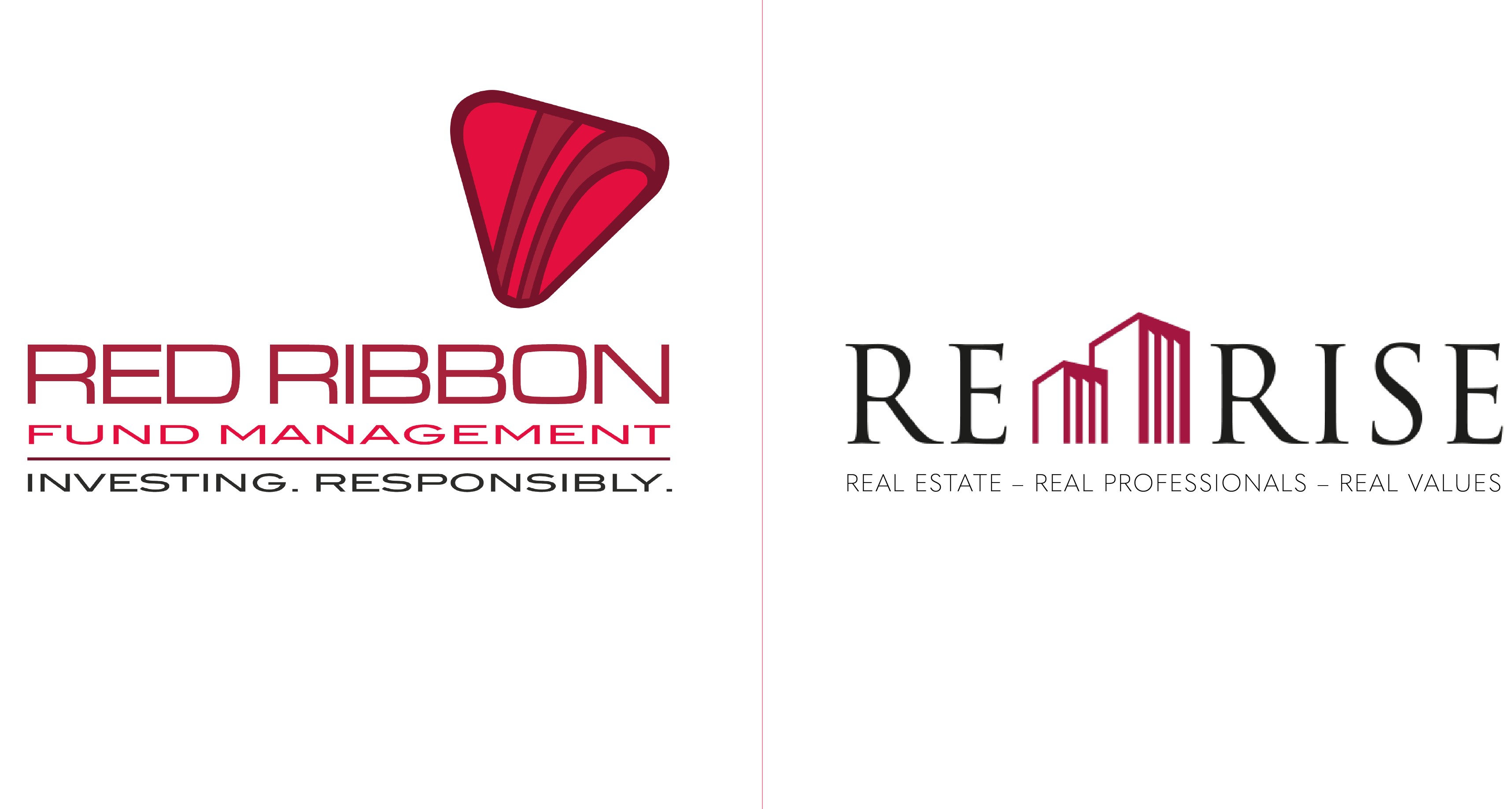We’ve already got a Playbook for recovery, and it’s barely ten years old. When economic confidence collapsed across the planet in the aftermath of the 2008 Financial Crisis, dragging inflation down with it, Central Banks and Governments reached for three policy levers: pumping out unprecedented sums by way of quantitative easing programmes, slashing interest rates to stimulate demand (in the US rates fell from 5% to 0% overnight, and in Switzerland rates went negative), and, finally, undertaking a wholesale purchase of assets to increase liquidity (reducing long term yields and expanding balance sheets in the process: the European Central Bank saw its assets rise from EUR 1 Trillion to 4.5 Trillion).
It worked…and the Playbook’s working again now.
Having fallen by 2.53% in the immediate aftermath of the 2009 crash, US GDP rose by 2.56% in 2010, and continued to climb year on year until 2020 (before COVID exercised its chill grip and the figure fell back by a precipitous 3.48% (www.data.worldbank.org)). And that same upwards trajectory was reflected in economies across the globe as the Playbook continued to play out, with the exception of one major market…India…
A Second Slump
Between 2012 and 2014 the subcontinent suffered a second slump: over a two year period the Rupee cratered in value by 44% (hitting a record low against the US Dollar), domestic markets troughed, and that all important indicator of economic resilience, the bond yield rate, rose to 10%. Capital was pouring out of the country. But ironically the finger on the trigger wasn’t pulled in India; it happened 8,000 miles away in Washington, where the Federal Reserve had announced a scaling back of its post crash fiscal stimulus programme. At that time India was running a high budget deficit (like most emerging markets), and its currency was particularly exposed to weaker US growth, with a knock on effect on exports from the subcontinent.
Policy Realignment
It was an object lesson in how not to read the Playbook: financial stability was (and is) just as important as fiscal stimulus, and each needs to be managed together. But India learned that lesson quickly, and since 2014 Prime Minister Modi’s Government has maintained a tight grip on inflation and deficit spending (the key drivers of financial stability), whilst at the same time pursuing classic Playbook strategies for growth. Real term interest rates were maintained at comparatively high levels (by international standards) in a bid to control inflation as part of much more nuanced market sensitive strategy, with the result that between 2015 and 2018 Foreign Direct Investment (FDI) increased by $120 Billion; and the subcontinent’s deficit as a percentage of GDP fell from 4.8% to 3.8% (eventually rising in 2020, but only because of a COVID driven contraction in GDP (in common with all other leading economies: the equivalent figure in the UK is 14.5%, and in the US 13.4%).
And make no mistake, this fundamental realignment of economic policy is important for India going forward, because it now has a solid and sustainable platform for growth (something that was lacking in 2009 when the Playbook last came off the shelf). And now, fast-forward to today, as COVID lockdown restrictions are progressively eased, the subcontinent is showing projected, first quarter, growth for 2022 of 9.5 %, compared with 4.1% for the UK and 4% for the US (www.data.oecd.org).
But this time round there won’t be a “Y” shaped recovery: this time round India is stronger than ever before…locked and loaded for resilient growth, because growth alone isn’t enough, the fundamentals matter too.
Executive Overview
We shouldn’t forget the inherent drivers for sustainable growth within any economy, and India is a perfect storm for opportunity at the moment. The lessons of 2013 have been well and truly learned, and the subcontinent is set for resilient growth.
Invest in Red Ribbon Asset Management
%20(1)-Sep-25-2021-01-47-20-02-PM.png?width=201&name=RRAM%20Final%20Logo%20(1)%20(1)-Sep-25-2021-01-47-20-02-PM.png)
Red Ribbon is committed to identifying and building on investment opportunities that are fully in compliance with its core Planet, People, Profit policy: not only offering above market rate returns for investors but also protecting our Natural Capital.




